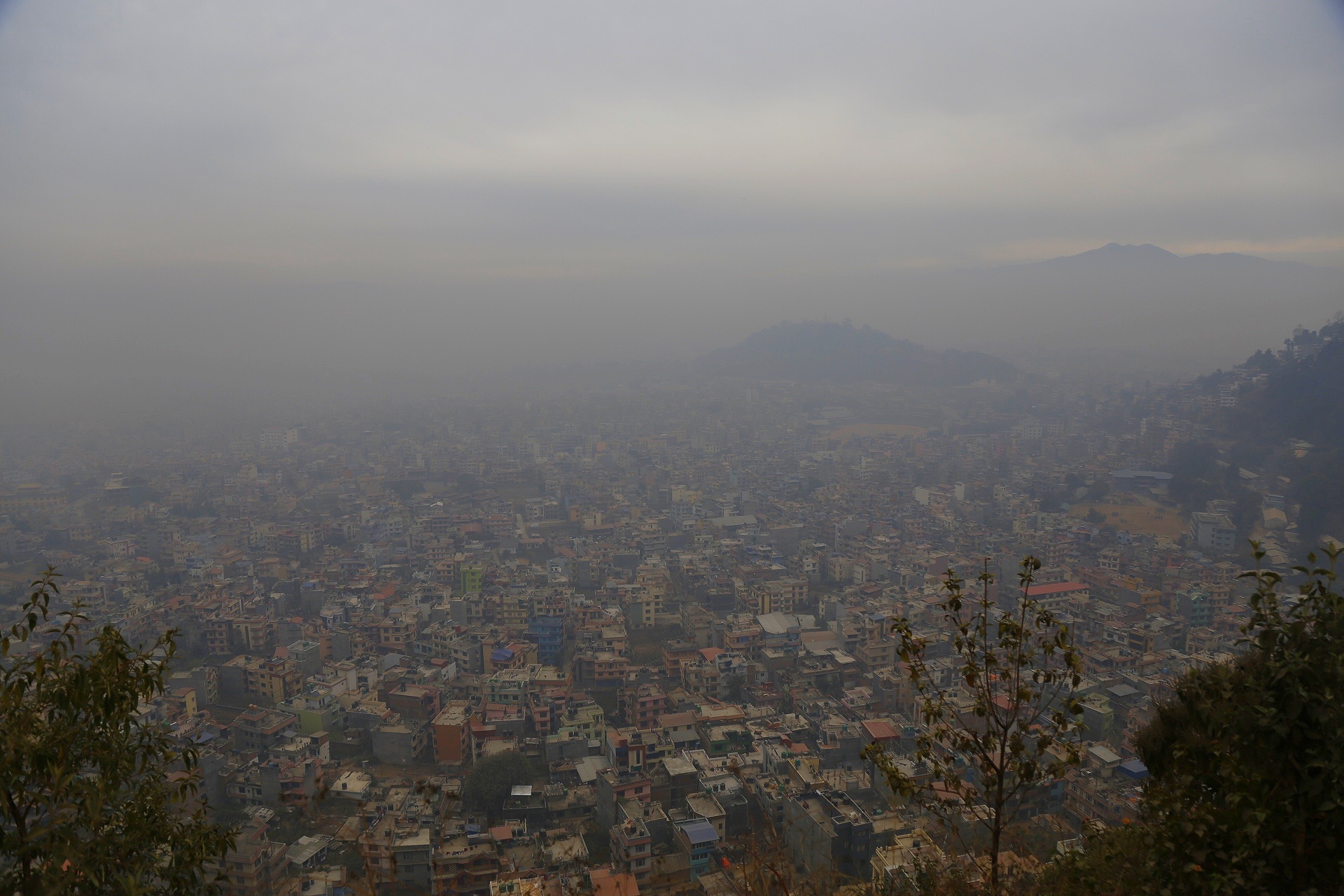Report on Urban Heat Island Mitigation and Sustainable Development Goals
The Urban Heat Island Phenomenon
Urban areas designated as “heat islands” exhibit significantly elevated temperatures, in some cases up to 10 degrees higher than adjacent rural regions. This thermal disparity is primarily driven by infrastructure, heat emissions, and prevailing climatic conditions. Addressing this phenomenon is critical for urban sustainability and resilience.
Recommended Mitigation Strategies
A series of targeted interventions can effectively combat the rise in urban heat. These strategies align with global sustainability objectives and promote healthier, more resilient cities. Key strategies include:
- Expansion of Green Infrastructure: Increasing the prevalence of urban tree cover, public parks, and dedicated green spaces is a primary method for temperature reduction. This approach enhances natural cooling through evapotranspiration and shading.
- Implementation of Cool Surfaces: Utilizing lightly colored construction materials for surfaces such as roofs and pavements minimizes the absorption of solar radiation, thereby reflecting more sunlight and reducing ambient heat.
- Reduction of Anthropogenic Heat Emissions: Lowering heat output from sources like vehicles, industrial processes, and building systems directly contributes to cooler urban temperatures and improved air quality.
Alignment with UN Sustainable Development Goals (SDGs)
The implementation of heat island mitigation strategies provides a direct and measurable contribution to several key Sustainable Development Goals:
- SDG 11 (Sustainable Cities and Communities): These actions directly support Target 11.7 by improving access to safe, inclusive, and accessible green and public spaces, making cities more resilient and sustainable.
- SDG 3 (Good Health and Well-being): By lowering extreme urban temperatures, these measures reduce the incidence of heat-related illnesses and fatalities, safeguarding public health.
- SDG 13 (Climate Action): Enhancing green cover and reducing heat absorption are vital climate adaptation strategies. Furthermore, reducing heat emissions contributes to climate change mitigation efforts.
- SDG 7 (Affordable and Clean Energy): Cooler urban environments lessen the demand for energy-intensive air conditioning, promoting energy efficiency and reducing the strain on power grids.
- SDG 15 (Life on Land): The creation of parks and green corridors within cities supports urban biodiversity and protects terrestrial ecosystems.
1. Which SDGs are addressed or connected to the issues highlighted in the article?
SDG 11: Sustainable Cities and Communities
- The article directly addresses urban environmental challenges by focusing on “heat islands” within “urban areas.” The proposed solutions, such as increasing green spaces and using specific building materials (“lightly colored surfaces”), are central to creating more sustainable and resilient cities.
SDG 13: Climate Action
- The phenomenon of heat islands is intrinsically linked to climate. The article mentions that “climate” is a contributing factor and that “reduction of heat emissions” can cool urban areas. The strategies discussed are forms of climate adaptation, aimed at mitigating the localized effects of rising temperatures.
SDG 15: Life on Land
- The recommendation to combat heat islands by “increasing tree cover, parks and green spaces” directly relates to the protection and restoration of terrestrial ecosystems, albeit within an urban context. This promotes biodiversity and ecosystem services in cities.
2. What specific targets under those SDGs can be identified based on the article’s content?
SDG 11: Sustainable Cities and Communities
- Target 11.7: By 2030, provide universal access to safe, inclusive and accessible, green and public spaces. The article’s primary solution, “increasing tree cover, parks and green spaces,” is a direct implementation of this target to improve the quality of life in urban environments.
SDG 13: Climate Action
- Target 13.1: Strengthen resilience and adaptive capacity to climate-related hazards and natural disasters in all countries. Urban heat islands are a climate-related hazard. The solutions proposed, such as creating green spaces and using reflective surfaces, are measures to build resilience and help communities adapt to extreme heat events.
SDG 15: Life on Land
- Target 15.9: By 2020, integrate ecosystem and biodiversity values into national and local planning. The suggestion to increase tree cover and parks is an example of integrating ecosystem values into urban planning and development processes to mitigate environmental issues like heat islands.
3. Are there any indicators mentioned or implied in the article that can be used to measure progress towards the identified targets?
Implied Indicators for Target 11.7 and 15.9
- The article implies an indicator by suggesting the solution of “increasing tree cover, parks and green spaces.” Progress could be measured by the percentage increase in green space or tree canopy cover within urban areas. This directly tracks the implementation of the proposed solution.
Implied Indicator for Target 13.1
- The article states that “Heat islands can be up to 10 degrees hotter than surrounding urban areas.” This implies a clear indicator for measuring progress: the reduction in the temperature differential between the heat island and surrounding non-urban areas. Successfully implementing the solutions would lead to a measurable decrease in this temperature gap.
4. Table of SDGs, Targets, and Indicators
| SDGs | Targets | Indicators (Identified or Implied from the Article) |
|---|---|---|
| SDG 11: Sustainable Cities and Communities | 11.7: Provide universal access to safe, inclusive and accessible, green and public spaces. | Percentage increase in urban area dedicated to parks and green spaces. |
| SDG 13: Climate Action | 13.1: Strengthen resilience and adaptive capacity to climate-related hazards. | Reduction in the temperature difference (in degrees) between urban heat islands and surrounding areas. |
| SDG 15: Life on Land | 15.9: Integrate ecosystem and biodiversity values into national and local planning. | Percentage increase in urban tree cover. |
Source: weny.com







